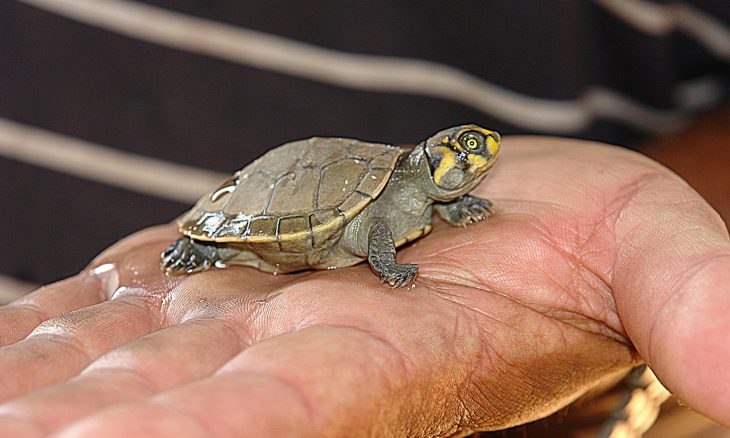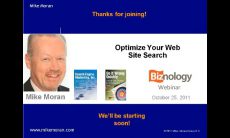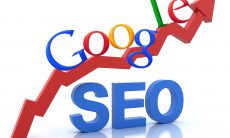The primary Google Penguin update and all of the subsequent Penguin updates have targeted sites that were guilty of “over-optimization.” These sites were taking SEO to the extreme and participating in activities that the Google Webmaster Guidelines advised against in an attempt to gain an unfair advantage over the competition. Site owners that used a keyword-rich domain name as opposed to the brand name, created keyword-rich microsites to rank highly for specific keywords that would then direct visitors to the main site, wrote low quality content that was written primarily for the search engines instead of target audience members, and relied too heavily on keyword anchor text usage saw a huge dip in traffic and rankings.
When this happened, there were outcries that SEO was dead (how many times have we heard that one?) and it should no longer be a part of an online marketing strategy. However, the Google updates weren’t meant to kill off SEO entirely. Rather, they have served as a reminder of the difference between good SEO and bad SEO. Google still encourages website owners to optimize their websites, in a way that follows the best practices set forth by the Google Webmaster Guidelines, in order to attract the attention of target audience members. Shying away from SEO entirely and “under-optimizing” your site can have the same effect as over-optimizing it: a loss of visibility in the search engines. The search engines are competitive spaces and the only way to be visible is to spend money on PPC and/or invest in on site SEO and link building.
The sites that were hardest hit by the Penguin update, and the most recent Penguin 2.0 update, were the sites that Google considered to be taking an unnatural approach to linking, specifically overusing keyword anchor text.
So does this mean that anchor text linking should be avoided altogether? Not at all. It’s just necessary to take a different approach to anchor text linking. Focus on the user experience and utilize many different variations of the keywords that are being targeted. Hyperlinking within content tells the reader that they will be brought to a page that relates to that word or phrase, which improves the usability of the content. Link as naturally as possible. The most natural way to link over to a website is with the brand name, so be sure to use that the majority of the time. The only way to abuse anchor text linking is by using the same keyword or phrase over and over again.
SEO is still an important online marketing tactic, as long as you are doing it correctly. SEO has seen a big shift away from quantity to quality over the last few years as the search engine algorithms have become more sophisticated. If anything, all it means is that SEO is much more difficult. However, that also means that the website owners that stick with it and follow the Webmaster Guidelines are the ones that will come out on top in the end.







